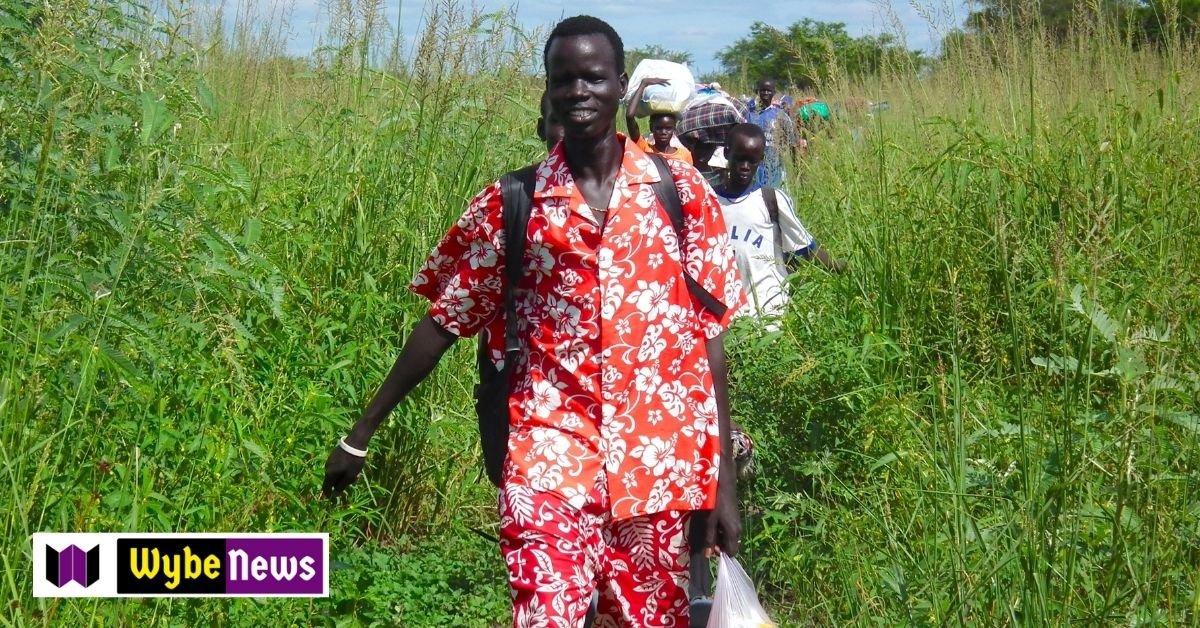The Dire Food Crisis in Sudan

The Dire Food Crisis in Sudan
In some areas of Sudan, the lack of food has reached such extreme levels that people are resorting to desperate measures just to survive. The situation is particularly dire in the Al Lait refugee camp, located in North Darfur, where residents have been forced to eat dirt. This impoverished camp has seen an influx of displaced people due to Sudan’s ongoing civil war and a campaign of ethnic cleansing in Darfur.
Causes of the Food Crisis
The civil war, which began in April of last year, shows no signs of abating, leading to widespread hunger and starvation across Sudan. The Sudanese army and the paramilitary Rapid Support Forces (RSF) have been engaged in violent conflict, resulting in the displacement of thousands of civilians. Farmers have had their crops stolen and their lands abandoned due to the violence, further exacerbating the food crisis.
Displacement caused by hunger, as well as fighting, has become a common occurrence as people are forced to leave their homes in search of food. The lack of access to basic necessities has also led to the spread of diseases, such as malaria, among the displaced population.
Obstacles to Aid
The dire situation is worsened by the looting of key aid hubs by the RSF and its allied militias. International aid that does manage to reach Sudan is being blocked by the military from reaching those in areas where starvation has set in. The Sudanese army and RSF have not responded to inquiries about these issues, while the Sudanese foreign ministry has claimed to facilitate aid delivery but has accused the RSF of looting and blocking aid.
Although some limited food relief has been provided by the army in Khartoum, residents across Sudan are resorting to increasingly desperate measures to survive. Farmers in West Darfur have resorted to eating the seeds they had bought for planting after running out of food. In the Kordofan region, people have been forced to sell their furniture and clothes to obtain cash for food. In Khartoum, residents under siege in their homes have resorted to eating tree leaves.
The Scale of the Crisis
The Integrated Food Security Phase Classification (IPC), a globally recognized hunger monitor, estimates that almost 18 million people in Sudan, which is more than a third of the country’s population, are facing high levels of acute food insecurity. Of this group, nearly five million people are just one step away from famine. The IPC has called for immediate action to prevent widespread death, the collapse of livelihoods, and a catastrophic hunger crisis in Sudan.
However, data gaps in conflict areas and communication disruptions have made it difficult to update projections and fully assess the extent of the crisis. Despite the challenges, it is clear that urgent intervention is needed to save lives and alleviate the suffering of millions of people in Sudan.






